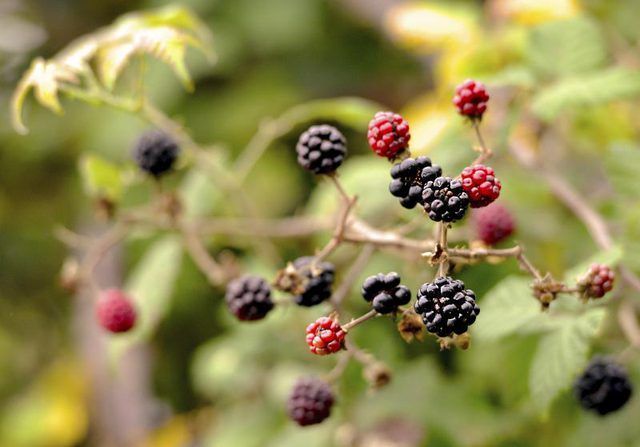Bulbs
Flower Basics
Flower Beds & Specialty Gardens
Flower Garden
Garden Furniture
Garden Gnomes
Garden Seeds
Garden Sheds
Garden Statues
Garden Tools & Supplies
Gardening Basics
Green & Organic
Groundcovers & Vines
Growing Annuals
Growing Basil
Growing Beans
Growing Berries
Growing Blueberries
Growing Cactus
Growing Corn
Growing Cotton
Growing Edibles
Growing Flowers
Growing Garlic
Growing Grapes
Growing Grass
Growing Herbs
Growing Jasmine
Growing Mint
Growing Mushrooms
Orchids
Growing Peanuts
Growing Perennials
Growing Plants
Growing Rosemary
Growing Roses
Growing Strawberries
Growing Sunflowers
Growing Thyme
Growing Tomatoes
Growing Tulips
Growing Vegetables
Herb Basics
Herb Garden
Indoor Growing
Landscaping Basics
Landscaping Patios
Landscaping Plants
Landscaping Shrubs
Landscaping Trees
Landscaping Walks & Pathways
Lawn Basics
Lawn Maintenance
Lawn Mowers
Lawn Ornaments
Lawn Planting
Lawn Tools
Outdoor Growing
Overall Landscape Planning
Pests, Weeds & Problems
Plant Basics
Rock Garden
Rose Garden
Shrubs
Soil
Specialty Gardens
Trees
Vegetable Garden
Yard Maintenance
How to Identify a Blackberry
How to Identify a Blackberry. Blackberries (Rubus) are found all around the U.S., but they are not the only thorny berry bush or black-colored berry growing in the forest. While several other edible berries are black, there are some key features that separate the blackberry from those species, including leaf patterns and berry arrangement. Even in...

Blackberries (Rubus) are found all around the U.S., but they are not the only thorny berry bush or black-colored berry growing in the forest. While several other edible berries are black, there are some key features that separate the blackberry from those species, including leaf patterns and berry arrangement. Even in its dormant stage, you may still be able to tell if that prickly bush you find is, in fact, a useful berry plant.
Basic Plant Structures
Blackberries are thicket-forming root perennials with biennial canes. They grow in U.S. Department of Agriculture plant hardiness zones 3 through 9, depending on the species. Leaves are palmate, or hand-like, with fine-toothed edges. White flowers bloom in spring and early summer and turn to elliptical aggregate berries, meaning that each facet of the berry has its own seed even though it emerges from one flower. The majority of blackberry species have sharp thorns on the canes. There are three types of growth habits: erect, semi-erect and trailing.
Native Versions
The common blackberry (Rubus allegheniensis), also called the Allegheny blackberry, is primarily found in the eastern U.S. in USDA zones 5 and 6. Its erect purplish canes are 2 to 4 feet long, with leaves that are 3 to 7 inches long and pale on the underside. Blossoms are less than 1 inch around and ripen to berries in August. Northern dewberry (Rubus flagellaria) is a trailing berry found along coastlines in the East. It ripens from July into August and is very cold tolerant, stretching from USDA zones 3 through 9. The West Coast version of this crawling berry is the California, or trailing blackberry (Rubus ursinus), found in USDA zones 5 through 9. It has flattened prickles, sometimes giving it the moniker "thornless," and long arching red-brown canes.
Invasive Qualities
While native blackberries can be a welcome addition to a home garden, there are a couple of invasive non-native blackberries that can easily escape cultivation and become a problem for surrounding plants. It's important to identify the difference between these plants and those you can grow without concern. The cut leaf, or evergreen blackberry (Rubus laciniatus), is a European import with very large berries that ripen in August. It has escaped cultivation and can be found scattered over USDA zones 5 through 10, along both the east and west coasts of the U.S. It's easy to identify this species by its deeply incised leaflets, the reason for the name "cutleaf." It can grow up to 15 feet tall with 40-foot-long canes. The Himalayan blackberry (Rubus armeniacus), another European import, can be found invading zones 4 to 7 in the U.S.. It has many of the same features as the cut leaf, but has compound leaves with oblong teeth along the edges, with five leaflets on a main stem.
This or That
Blackberries are not the only "black" fruit found in U.S. forests, which makes it easy to confuse them with other species of berry. The black raspberry (Rubus occidentalis) is found along the East Coast in USDA zones 4 to 9. The easiest way to tell it apart from the true blackberry is that raspberries are hollow inside. When you pull one off of the cane, it leaves behind a short receptacle, called a torus, and the berry will be completely hollow inside. Mulberries (Morus) are another similar looking elliptical berry that has species found across USDA zones 4 through 10. Mulberries grow on thornless trees, and the berries have small short stalks on the top where they attach to the tree.